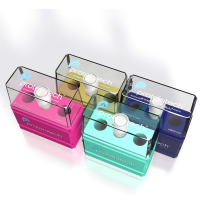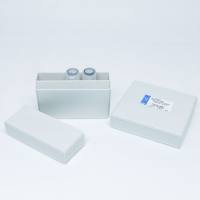Isolation and Myogenic Differentiation of Mesenchymal Stem Cells for Urologic Tissue Engineering
互联网
360
Cell-based tissue engineering is one of the most promising areas in biotechnology for restoring tissues and organ function in the urinary tract. Current strategies for bladder tissue engineering require a competent biological scaffold that is seeded in vitro with the patient’s own bladder cells. This use of autologous cells avoids graft rejection and the long-term use of immunosuppressive medications usually required after allogeneic transplantation. However, suitable bladder cells from the patient are sometimes limited or unobtainable. When suitable cells are unavailable for seeding due to bladder exstrophy, malignancy, or other reasons, the use of other cell types originating from the patient may be an alternative. A suitable alternative to autologous bladder cells could be mesenchymal stem cells (MSC). MSC reside primarily in the bone marrow, although they exist in other sites as well, including adipose tissue, peripheral and cord blood, liver tissue, and fetal tissues. Bone marrow-derived stromal cell populations contain few MSC (one MSC in 104 –5 � 107 marrow cells), with the exact number depending on the age of the patient. Despite their limited numbers, MSC possess both the ability to self-renew for extended periods of time and the potential to differentiate into several different specialized cell types under the appropriate conditions. MSC are capable of expansion and tissue-specific differentiation in vitro based on external signals and/or the environment. There are different methodologies for induction and maintenance of a differentiated cell phenotype from MSC. For example, MSC can differentiate into a smooth muscle cell (SMC) phenotype in vitro when exposed to stimuli such as conditioned medium derived from SMC cultures or specific myogenic growth factors (PDGF-BB, HGF, TGF-β). These differential cells can migrate to a scaffold for differentiation into smooth muscle-like cells in vivo. Furthermore, stem cell-seeded scaffolds that are implanted into the bladders repopulate and reorganize the tissue rapidly, thus reducing fibrosis and restoring appropriate neural functionality.
In this chapter, we describe the methods we use for the isolation of human bone marrow mesenchymal stem cells (BMSC), and demonstrate evidence of their myogenic differentiation capacity for potential use in urologic tissue engineering.









